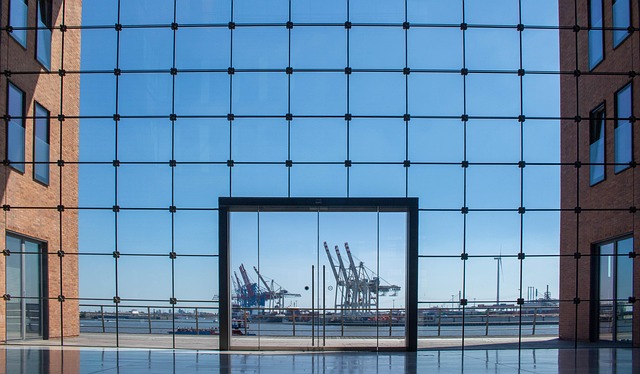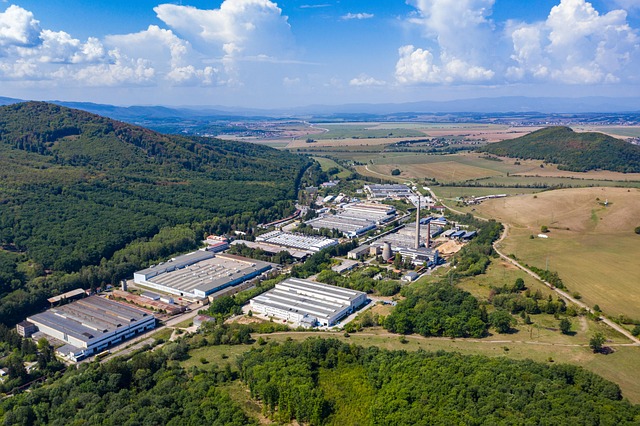Strategic placement of distribution centers, enabled by favorable real estate and infrastructure, is crucial for efficient supply chain management. Proximity to transportation hubs reduces delivery times and costs, while excellent zoning regulations and accessible land provide seamless goods movement and improved inventory control. Well-designed layouts, flexible design, and advanced automation enhance productivity and adaptability to market demands, ensuring distribution centers remain competitive in the logistics sector through optimal real estate planning.
Distribution centers are the unsung heroes of modern supply chains, playing a pivotal role in connecting manufacturers with consumers. In this article, we explore how strategic real estate choices fuel these vital operations. From optimizing space layouts to leveraging infrastructure, each aspect contributes to efficient inventory management and timely deliveries. Discover why prime real estate is not just about location but the cornerstone of successful supply chain networks.
Strategic Location: Real Estate's Role in Supply Chain Success

The strategic location of distribution centers plays a pivotal role in supply chain success, with real estate acting as a key enabler. Proximity to transportation hubs, major highways, and even international borders can significantly reduce delivery times and costs, enhancing overall efficiency. Areas with readily available land, favorable zoning regulations, and excellent infrastructure often become prime real estate for logistics operations, ensuring seamless movement of goods.
Real estate decisions impact not just the immediate surroundings but also the broader supply chain network. Efficient distribution centers located strategically can facilitate easier access to a larger customer base, enabling businesses to meet demand promptly. This location advantage, driven by thoughtful real estate choices, contributes to improved inventory management and better response times in an increasingly competitive market.
Designing Efficient Spaces: Distribution Center Layouts

Distribution centers, often considered the backbone of modern supply chains, require meticulous planning and design when it comes to real estate. Efficient space utilization is key to ensuring smooth operations. A well-designed layout streamlines processes, from receiving goods to packing and shipping them out. Optimizing floor plans with dedicated zones for each operation reduces travel time and labor costs.
Consideration should be given to factors like traffic flow, storage capacity, and technology integration. Strategic placement of forklifts, pallet racks, and conveyors, coupled with the implementation of automated systems, can significantly enhance productivity. Additionally, incorporating flexible design elements allows centers to adapt to changing market demands and e-commerce trends, ensuring they remain competitive in an ever-evolving logistics landscape.
The Impact of Infrastructure: Transportation and Logistics

The location and infrastructure of distribution centers play a pivotal role in shaping supply chain efficiency, especially when it comes to transportation and logistics. Access to strategic real estate is a key driver behind successful supply chain management. Well-connected facilities with modern transportation networks enable faster delivery times, reduce costs, and enhance overall responsiveness to market demands. Efficient road, rail, and air connectivity ensures the seamless flow of goods, allowing for just-in-time inventory management and improved customer satisfaction.
Infrastructure developments, such as state-of-the-art warehouses equipped with advanced automation, contribute significantly to optimizing logistics operations. These centers act as vital hubs, facilitating the distribution of products across vast geographic areas. By strategically positioning these hubs near transportation arteries, companies can effectively manage complex supply chains, ensuring goods reach their destinations promptly and cost-effectively.






